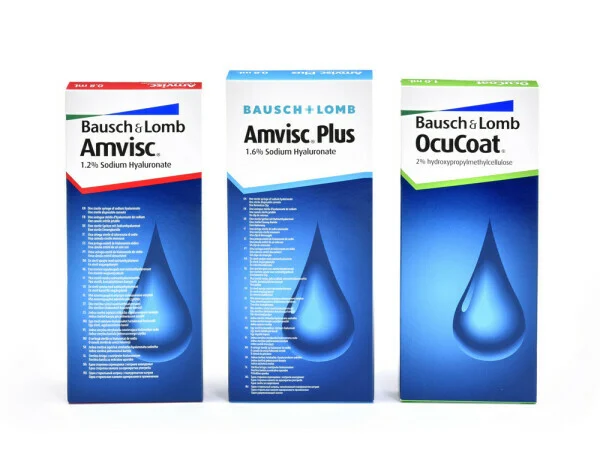It is essential to give due regard to eye health. Whether they are your own or someone close to you, knowing about them and taking good care of them is essential. Among the widely used eye drops solution is an overcoat; it can function as a lubricant for dry eyes or safeguard them during surgeries. That being said, this may also come in handy for some people. Therefore, below is a detailed overview of ocucoat hypromellose ophthalmic.
Table of Contents
1. Hypromellose More than a Tongue Twister
Hypromellose is also called hydroxypropyl methylcellulose. It is used as an inactive ingredient in some medicines to thicken the content and transfer the active components to the required location.
2. Eye Health and Ocucoat
Ocucoat, an eye drop that contains hypromellose, has many uses in eye health. Although it is mainly used as a lubricant for dry and irritated eyes, it can also be applied during surgeries performed directly on the eye, protecting delicate tissues from damage while maintaining their structural integrity.
3. Not Just a Surgical Buddy
In routine eye exams, Ocucoat can facilitate the drainage of eye fluid and examine the eyes more efficiently without the intrusion of dryness or other aggravations. It plays a role in forming a protective layer over the cornea, ensuring the examination goes smoothly.
4. Who Should Avoid Ocucoat
Ocucoat may be unsuitable for those with a glaucoma diagnosis. Therefore, it is essential to share your medical records with an eye doctor so that they can use the right eye drops for you without any problems arising.
5. Special thoughtfulness for moms and moms-to-be
If you’re pregnant or nursing, tell your doctor before using Ocucoat. Since there is no information on whether or not this drug can harm an unborn child or pass into breast milk and affect a nursing baby’s development, it’s best to be careful.
6. Directions for Use
Ocucoat should be administered exactly as directed by your ophthalmologist. This includes the frequency, number of drops, and suggested technique. Ensuring hands are clean, creating a pocket in the lower eyelid, applying the drop, and then keeping the eyes closed for a short period are critical steps to effective treatment.
7. Warning Signs to Look Out For
While Ocucoat is generally safe, potential side effects require medical attention. These include allergic reactions (such as hives and swelling), signs of an allergic reaction, redness, itching, or discomfort in the eye, vision changes, or any unusual swelling or lumps around the eye.
8. Common Side Effects
Using Ocucoat might result in common side effects, such as dry eyes. It’s essential to monitor for these symptoms and report them to your healthcare professional to ensure your treatment plan is effective and suitable for your condition.
9. Storage and Maintenance
Properly storing Ocucoat is critical to maintaining its quality and efficacy. Ensure it is kept at room temperature and avoid freezing the solution. To prevent contamination, permanently close the bottle securely after use and only use the prescribed number of drops.
10. Seeking Additional Assistance
If the signs do not fade in three days or get severe, leading to more complications, you must consult your eye medical specialist. You should watch out for your eye wellbeing and be ready to seek extra advice whenever appropriate.
With this information, you will comprehend the functioning of Ocucoat and when and how it should be used safely and effectively. Whether an ordinary visual inspection or a problematic operation, these functions make Ocucoat significant for caring for our eye health; hence, it is an integral part of the healthcare routine.

